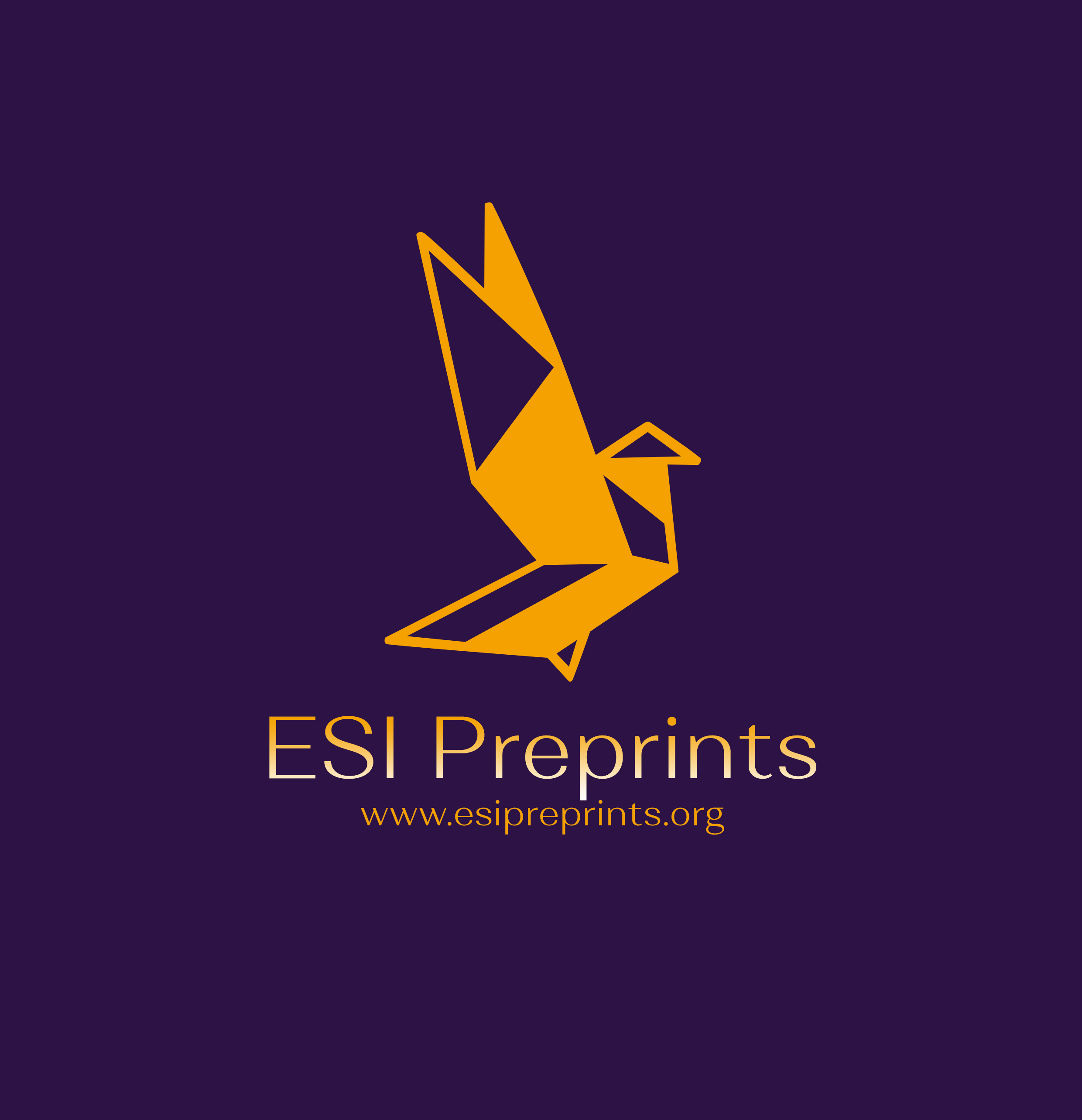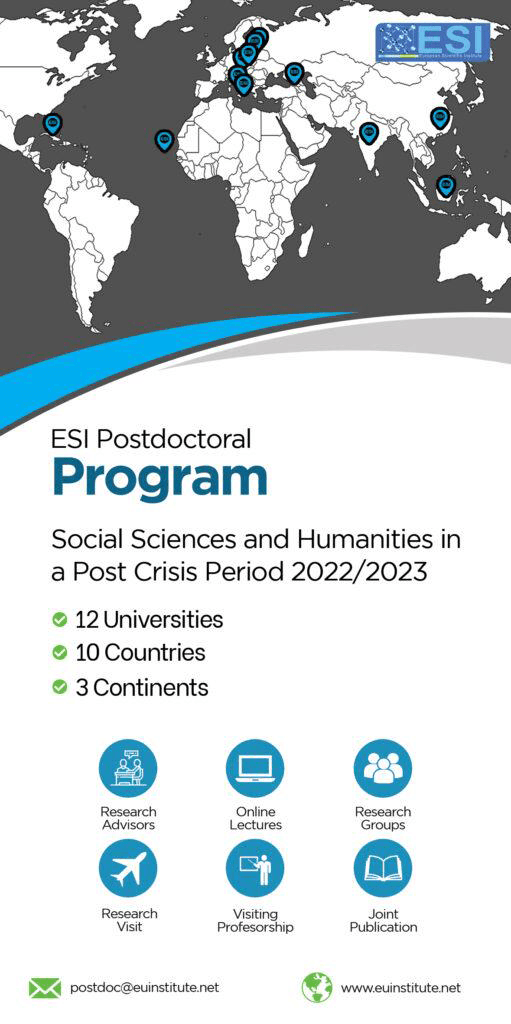Prevalence of Thalassemia in Children in Africa: A Systematic Review and Meta-Analysis
Abstract
Thalassemia is a blood disorder caused by numerous inherited mutations in the globin gene. This meta-analysis aimed to provide an update on the prevalence of thalassemia in Africa between 2007 and 2025. A systematic literature search was conducted across the PubMed, AJOL, and Google Scholar databases to identify studies published between 2007 and 2025, using specific inclusion and exclusion criteria. Quality assessment was performed using the Mixed Methods Appraisal Tool (MMAT) for prevalence studies. The heterogeneity of the included studies was assessed using the I2 and Q statistics. Funnel plots and Egger tests were performed to determine publication bias in this meta-analysis. The pooled 95% confidence interval (95% CI) prevalence of thalassemia across studies was determined using a generic random-effects inverse-variance method. Eleven studies involving 26025 subjects were included, and the prevalence rates were pooled using random-effects models due to high observed heterogeneity (I2 > 75%, p-value < 0.05). The overall prevalence of thalassemia was 13.4% (95% CI 8.5-19.1%, I2 = 99.1%). Subgroup analyses showed that the pooled prevalence of thalassemia was 14% (95% CI, 0-33%; I² = 98.5%) in neonates, 22% (95% CI, 11-33%; I² = 98.8%) in patients ≤ 5 years of age and 6% (95% CI, 3-9%; I² = 82.6%) in patients over 5 years of age. The prevalence of alpha-thalassemia carriers was 18% (95% CI, 7-28%; I² = 99.2%) and beta-thalassemia 9% (95% CI, 6-12%; I² = 98.6%). This meta-analysis suggests a high prevalence of thalassemia in certain African countries. These data help design thalassemia screening programs and improve disease management.
Downloads
References
2. Angastiniotis, M., & Lobitz, S. (2019). Thalassemias : An Overview. International Journal of Neonatal Screening, 5(1), 16. https://doi.org/10.3390/ijns5010016
3. Baird, D. C., Batten, S. H., & Sparks, S. K. (2022). Alpha- and Beta-thalassemia : Rapid Evidence Review. American Family Physician, 105(3), 272‑280.
4. Balduzzi, S., Rücker, G., & Schwarzer, G. (2019). How to perform a meta-analysis with R : A practical tutorial. BMJ Ment Health, 22(4), 153‑160. https://doi.org/10.1136/ebmental-2019-300117
5. Barker, M. K., Henderson, A. M., Naguib, K., Vercauteren, S. M., Devlin, A. M., Albert, A. Y., Bahizire, E., Tugirimana, P. L., Akilimali, P. Z., Boy, E., Green, T. J., & Karakochuk, C. D. (2017). Serum Soluble Transferrin Receptor Concentrations Are Elevated in Congolese Children with Glucose-6-Phosphate Dehydrogenase Variants, but Not Sickle Cell Variants or α-Thalassemia. The Journal of Nutrition, 147(9), 1785‑1794. https://doi.org/10.3945/jn.117.252635
6. Brito, D. R. A., Mutchamua, J. R., Chilundo, B., & Pinto, F. P. D. (2022). Electrophoretic and molecular profile of the hemoglobinopathies in newborns at a reference hospital in Mozambique. Rendiconti Lincei. Scienze Fisiche e Naturali, 33(2), 283‑293. https://doi.org/10.1007/s12210-022-01073-w
7. Egesa, W. I., Nakalema, G., Waibi, W. M., Turyasiima, M., Amuje, E., Kiconco, G., Odoch, S., Kumbakulu, P. K., Abdirashid, S., & Asiimwe, D. (2022). Sickle Cell Disease in Children and Adolescents : A Review of the Historical, Clinical, and Public Health Perspective of Sub-Saharan Africa and Beyond. International Journal of Pediatrics, 2022, 3885979. https://doi.org/10.1155/2022/3885979
8. El-Beshlawy, A., Kaddah, N., Moustafa, A., Mouktar, G., & Youssry, I. (2007). Screening for beta-thalassaemia carriers in Egypt : Significance of the osmotic fragility test. Eastern Mediterranean Health Journal = La Revue De Sante De La Mediterranee Orientale = Al-Majallah Al-Sihhiyah Li-Sharq Al-Mutawassit, 13(4), 780‑786.
9. El-Shanshory, M. R., Sherief, L. M., Yahia, S., Ragab, S. M., Mansour, A. K., Hassab, H. M., Hesham, M. A., Ahmed, A. S., Beshir, M. R., El Fotoh, W. M. A., El Naby, S. A. A., Alllah, A. M. G., Khalifa, N. A., Soliman, M. A., El-Dahtory, F., El-Farahaty, R. M., Osman, E., Elhabyan, A., El-Lateef, A. E. A., … Eid, A.-R. (2023). Beta Thalassemia Carrier Rate : Problem Burden among High School Children. Current Pediatric Reviews, 19(2), 203‑209. https://doi.org/10.2174/1573396318666220624142349
10. Engle-Stone, R., Williams, T. N., Nankap, M., Ndjebayi, A., Gimou, M.-M., Oyono, Y., Tarini, A., Brown, K. H., & Green, R. (2017). Prevalence of Inherited Hemoglobin Disorders and Relationships with Anemia and Micronutrient Status among Children in Yaoundé and Douala, Cameroon. Nutrients, 9(7), 693. https://doi.org/10.3390/nu9070693
11. Gahutu, J.-B., Musemakweri, A., Harms, G., & Mockenhaupt, F. P. (2012). Prevalence of classic erythrocyte polymorphisms among 749 children in southern highland Rwanda. Transactions of the Royal Society of Tropical Medicine and Hygiene, 106(1), 63‑65. https://doi.org/10.1016/j.trstmh.2011.09.002
12. Hong, Q. N., Fàbregues, S., Bartlett, G., Boardman, F., Cargo, M., Dagenais, P., Gagnon, M. P., Griffiths, F., Nicolau, B., O’Cathain, A., Rousseau, M. C., Vedel, I., & Pluye, P. (2018). The Mixed Methods Appraisal Tool (MMAT) version 2018 for information professionals and researchers. Education for Information, 34(4), Article 4. https://doi.org/10.3233/EFI-180221
13. Isaiah, A., Kwaifa, I. K., Abdulrahman, Y., & Sunday, O. A. (2024). Prevalence of Thalassemia in Nigeria : Pathophysiology and Clinical Manifestations. Clinical Medicine And Health Research Journal, 4(2), 806‑815. https://doi.org/10.18535/cmhrj.v4i2.325
14. Kattamis, A., Forni, G. L., Aydinok, Y., & Viprakasit, V. (2020). Changing patterns in the epidemiology of β-thalassemia. European Journal of Haematology, 105(6), 692‑703. https://doi.org/10.1111/ejh.13512
15. Laghmich, A., Ismaili, F. A., Barakat, A., & ... (2019). Alpha‐thalassemia in North Morocco : Prevalence and molecular spectrum. BioMed research …. https://doi.org/10.1155/2019/2080352
16. Li, Y., Wei, W., Gan, Y., Xie, X., Qin, P., Teng, L., & Jiang, L. (2024). Global, Regional, and National Epidemiology of Thalassemia in Childhood from 1990 to 2021. Journal of Biosciences and Medicines, 12(12), 361‑379. https://doi.org/10.4236/jbm.2024.1212029
17. Macharia, A., Mochamah, G., Uyoga, S., & ... (2020). β‐Thalassemia pathogenic variants in a cohort of children from the East African coast. Molecular Genetics & Genomic Medicine, 8, e1294. https://doi.org/10.1002/mgg3.1294
18. Mugisha Emmanuel, K. (2025). Hemoglobinopathies and Red Blood Cell Disorders : A Genetic Perspective on Anemia in East Africa. Eurasian Experiment Journal of Scientific and Applied Research, 7(3), 6‑10.
19. Obeagu, E. I. (2025). Thalassemia in Sub-Saharan Africa : Epidemiology, diagnosis, and management – a narrative review. Annals of Medicine and Surgery, 87(6), 3523‑3536. https://doi.org/10.1097/MS9.0000000000003270
20. Origa, R. (2017). β-Thalassemia. Genetics in Medicine: Official Journal of the American College of Medical Genetics, 19(6), 609‑619. https://doi.org/10.1038/gim.2016.173
21. Osman, H. A., Hamid, M. M. A., Ahmad, R. B., Saleem, M., & Abdallah, S. A. (2020). Prevalence of 3.7 and 4.2 deletions in Sudanese patients with red cells hypochromia and microcytosis. BMC Research Notes, 13(1), 65. https://doi.org/10.1186/s13104-020-4933-5
22. Rao, E., Kumar Chandraker, S., Misha Singh, M., & Kumar, R. (2024). Global distribution of β-thalassemia mutations : An update. Gene, 896, 148022. https://doi.org/10.1016/j.gene.2023.148022
23. Siala, H., Ouali, F., Messaoud, T., Bibi, A., & Fattoum, S. (2008). alpha-Thalassaemia in Tunisia : Some epidemiological and molecular data. Journal of Genetics, 87(3), 229‑234. https://doi.org/10.1007/s12041-008-0036-0
24. Smith Yolanda. (2022, août 30). Thalassemia prevalence. News Medical. ttps://www.news-medical.net/health/Thalassemia-Prevalence.aspx
25. Suchdev, P. S., Ruth, L. J., Earley, M., Macharia, A., & Williams, T. N. (2014). The burden and consequences of inherited blood disorders among young children in western Kenya. Maternal & Child Nutrition, 10(1), 135‑144. https://doi.org/10.1111/j.1740-8709.2012.00454.x
26. Tuo, Y., Li, Y., Li, Y., Ma, J., Yang, X., Wu, S., Jin, J., & He, Z. (2024). Global, regional, and national burden of thalassemia, 1990–2021 : A systematic analysis for the global burden of disease study 2021. eClinicalMedicine, 72, 102619. https://doi.org/10.1016/j.eclinm.2024.102619
27. Twum, S., Fosu, K., Felder, R. A., & Sarpong, K. A. N. (2023). Bridging the gaps in newborn screening programmes : Challenges and opportunities to detect haemoglobinopathies in Africa. African Journal of Laboratory Medicine, 12(1), 8.
28. UNFPA. (2022, mars 30). State of the World Population Report 2022. https://wcaro.unfpa.org/sites/default/files/pub-pdf/en_swp22_report-web_-_29_march_1_0.pdf
29. Vichinsky, E. (2016). Non-transfusion-dependent thalassemia and thalassemia intermedia : Epidemiology, complications, and management. Current Medical Research and Opinion, 32(1), 191‑204. https://doi.org/10.1185/03007995.2015.1110128
30. Viechtbauer, W. (2010). Conducting Meta-Analyses in R with the metafor Package. Journal of Statistical Software, 36(3), 1‑48. https://doi.org/10.18637/jss.v036.i03
31. WHO. (2025). Atlas of African Health Statistics 2022 : Health situation analysis of the WHO African Region — Summary report. World Health Organization. https://iris.who.int/server/api/core/bitstreams/a6021e5d-0ec0-4203-94b9-6fe1fff7aa0d/content
Copyright (c) 2025 Ide Amadou Habibatou, Tapha Ounoussa, Ali Zaratou, N’Kpingou Theodore Nadakou, Hamidou Oumou, Mamane Daouda Aminata, Ousmane Abdoulaye, Mounkaila Boutchi

This work is licensed under a Creative Commons Attribution 4.0 International License.








